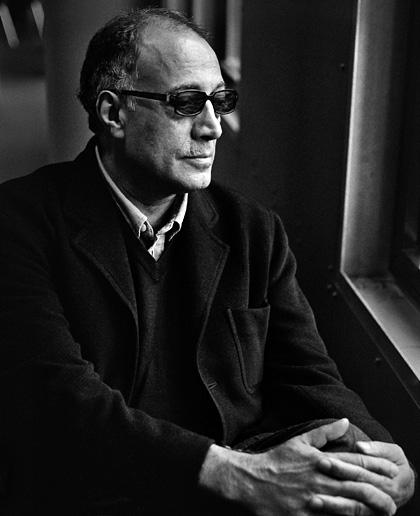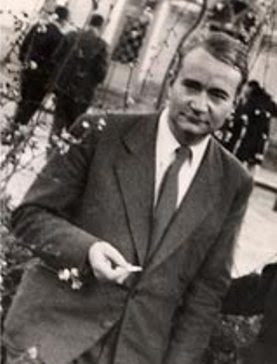The label “Luristan bronzes” (see BRONZES OF LURISTAN) designates a series of decorated bronze objects in a specific local style dating from the Iron Age (ca. 1300/1250 to 700/650 BCE). These bronzes became known through large-scale illegal excavations starting in the late 1920s, but their cultural context and provenance remained uncertain for a long time and the label is often wrongfully used—usually for commercial reasons—for bronze objects from other regions or periods. The canonical Luristan bronzes belong to the geographical region of Luristan (present day provinces of Lorestān and Ilām), and include lost wax casts as well as sheet metal objects. Although few Luristan bronzes were found during controlled excavations, it is ascertained that the majority came from tombs, while one specific category (pins with decorated heads) have up to now only been found as ex-votos in a sanctuary. They mainly date to the Early Iron Age and are rare in Iron Age III (Overlaet, 2005, pp. 9-16).
The Luristan style is characterized by stylized human and animal forms, often combined to create fantastic creatures. Humans, birds, snakes, horses, bovid and feline species, and several species of goats are the main components. Vegetal elements are mostly used in a “tree of life” capacity, as border motifs or as filler motifs in between the principal iconography. The available evidence points to a chronological evolution from simple naturalistic themes to more complicated and fantastic creations.
There are several categories of objects that display the Luristan style. Horse gear includes horse-harness trappings and horse bits with decorative cheek pieces. Arms and equipment include spiked axe heads, adzes, daggers, swords, whetstone handles, and quiver plaques. Among the jewelry are rings, bracelets, pendants, and pins with cast or hammered sheet metal heads. An important series are the so-called “idols,” also labeled “finials” or “standards,” placed on tubular stands. Although Luristan bronzes are generally made of bronze, some are also bimetallic and consist of iron with cast-on bronze decorations (pins, bracelets, halberds, etc.). Exceptionally, there are a number of decorated iron artifacts that copy the cast bronze decorations. Since they belong to the same culture and display the same style, they should be included within the concept of Luristan bronzes (Moorey, 1991). (From Encyclopædia Iranica)



































